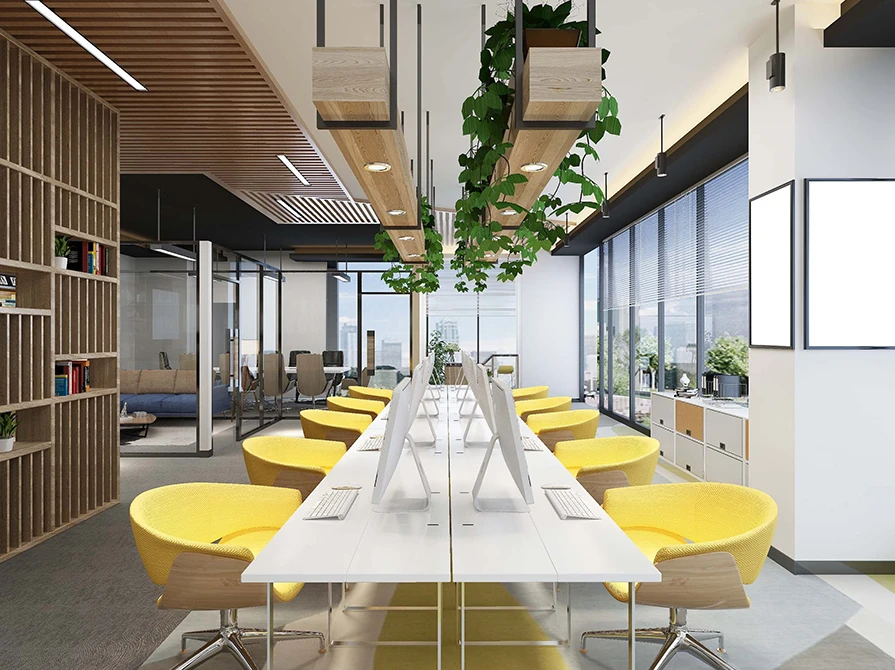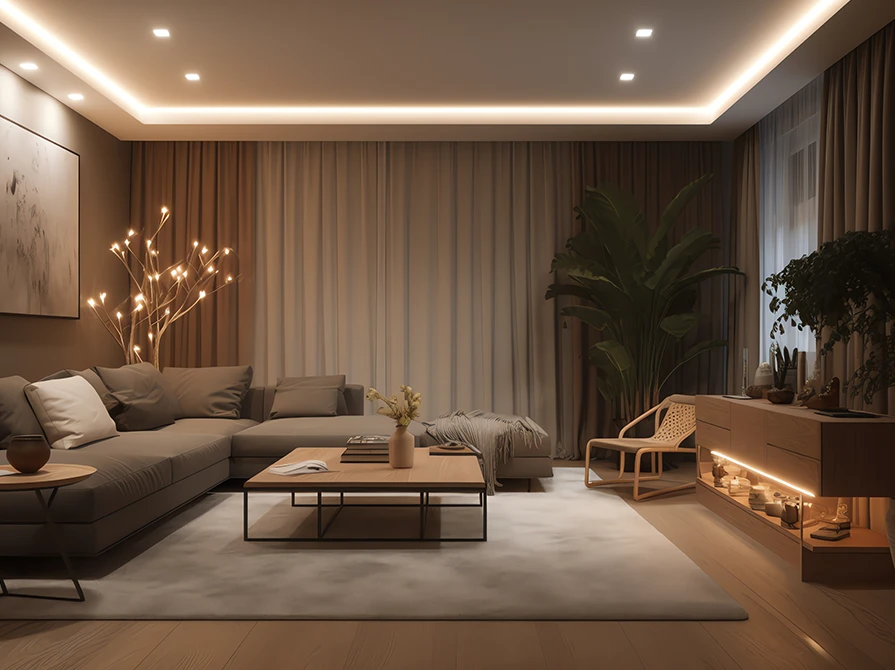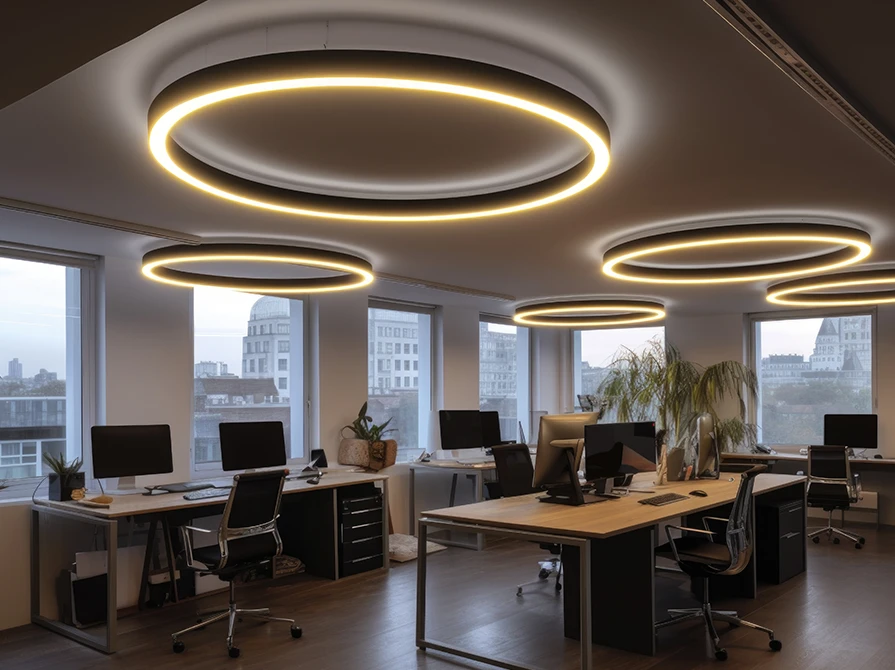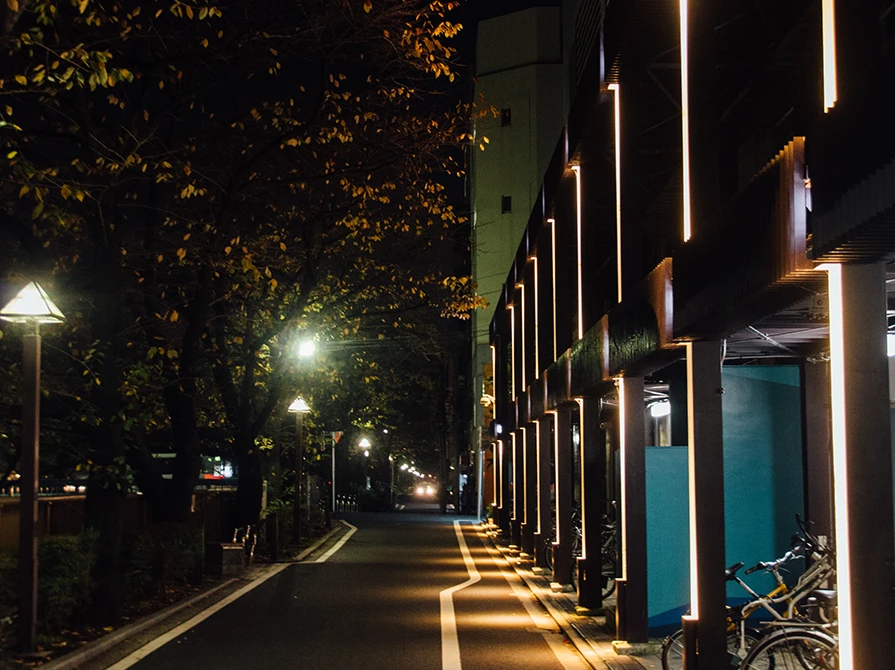

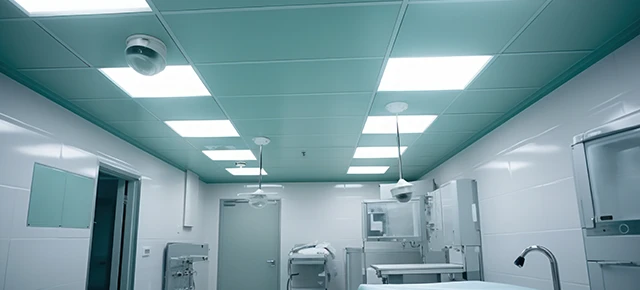
Hospitals are an important part of our modern world, providing comfort and treatment to those in need. In such a critical environment, most of the focus remains on advancing technologies and increasing efficiency to provide better quality healthcare. However, professionals tend to overlook one major aspect of creating a healing environment, that is, hospital lighting.
Lighting plays a crucial role in medical facilities. It’s not just about providing light for visibility, hospital lighting impacts the well-being of patients, the efficiency of medical professionals, and the overall ambiance of the hospital. However, to improve the care environment and reduce costs, healthcare institutions are opting for energy-efficient hospital lighting systems. This article delves into the topic of hospital lighting as well as energy-efficient lighting solutions that are transforming the healthcare landscape.
Hospital lighting or healthcare lighting can be defined as the artificial/natural illumination of medical facilities, like hospitals, clinics, laboratories, patient rooms, etc. In such spaces, the lighting needs to be reliable and sturdy, since it not only affects the working conditions of medical staff but also affects patient health.
Utilitarian hospital lighting is mainly designed for functional applications like navigating corridors, surgical operations, test inspections, etc. However, sterile, harsh lighting, or flickering lights create immense discomfort for patients and can also elevate their stress levels, affecting the overall healing process.
Additionally, lighting is one of the primary reasons for a hospital’s extensive energy consumption, and hence, energy-efficient hospital lighting systems are vital. Such lighting solutions not only help in energy savings and minimizing carbon footprints but also create medical environments that promote healing.
As research shows, proper hospital lighting has proven positive effects on mental health and, hence, productivity and mental alertness. Proper healthcare lighting solutions can reduce depression, alleviate pain, and improve sleep cycles, supporting the overall healing process.
Modern medical facilities are embracing innovative lighting solutions that enhance the healthcare environment while improving operational efficiency. It is not only about reducing costs, but also about improving patient outcomes, the well-being of healthcare professionals, and contributing to a sustainable future. Listed below are some benefits of energy-efficient hospital lighting systems.
Cost Savings:
Traditional lighting systems like incandescent and fluorescent lighting tend to add up to heavy energy bills. In comparison, energy-efficient lighting systems consume significantly less electricity. This results in reduced energy bills for the medical facilities.
Longevity:
Energy-efficient lighting solutions like LEDs, have a much longer lifespan relative to incandescent bulbs. This reduces the frequency of replacements and maintenance, saving the hospital both time and money.
Improved Patient Experience:
With energy-efficient lighting systems, one can also adjust the intensity of light and color temperature. Well-lit healthcare environments help reduce stress and fatigue, resulting in a calmer environment for healthcare professionals and patients, alike. For patients, this form of light customization creates a care space that promotes relaxation and enhances their overall experience. As for medical professionals, good, glare-free hospital lighting also improves focus, leading to a positive work environment.
Accurate Diagnosis and Treatment:
Adequate lighting is crucial for better clinical outcomes. In medical procedures and examinations, consistent and high-quality lighting is crucial. Energy-efficient lighting systems ensure that healthcare providers have their lighting requirements satisfied for such procedures, while also making sure that the lighting system itself doesn’t negatively impact the patient or the professional by causing stress, eye strain, or fatigue. This, in turn, leads to improved clinical outcomes and patient care.
Lower Greenhouse Gas Emissions:
As opposed to traditional lighting systems, energy-efficient hospital lighting solutions consume less electricity, resulting in lower greenhouse gas emissions. Hospitals are also becoming more judicious about their lighting. While these medical facilities need lighting 24 hours a day, energy-efficient lighting systems provide features like motion sensors, dimming controls, and more that ensure that lighting is used only when needed, reducing both energy waste and light pollution. Hence, energy-efficient lighting solutions benefit the hospital as well as the surrounding environment.
Now that we know why energy-efficient hospital lighting is important in hospital settings and its benefits - to help reduce energy consumption and operational costs, create a more comfortable and healing environment for patients, and improve the work environment for healthcare professionals - let’s look into the technological innovations that have taken place in the past few years:
As mentioned earlier, in this article, LED (Light Emitting Diode) is a highly energy-efficient lighting solution that not only saves electricity but also helps hospitals with their energy savings. Further, their extended lifespan and color temperature control, which allow hospitals to customize lighting, are some of the reasons why they have been adopted by several healthcare facilities across the world.
There are four levels of adaptive lighting systems, ranging from simple dynamic lighting solutions to highly intelligent lighting solutions.
Level 1:
As a simple adaptive lighting solution, this level allows lights in certain sections of the building to be turned on automatically, based on presets set by the user. Meaning, the user has to schedule the timing of the lights earlier. Keeping this concept in mind, other lights at that moment are turned off accordingly, resulting in effective energy savings.
Level 2:
As per this level of adaptive lighting, the lights are adapted on demand thanks to local sensors or individual light controls set by the user.
Level 3:
This level of adaptive lighting solution is more in line with the integration of intelligent systems with lighting automation systems. This form of integration can be achieved with building automation systems, transport systems, etc. For instance, lighting control systems technologically aligned with a building management system are a form of level 3 adaptive lighting.
Level 4:
A combination of the second and third levels, level 4 of adaptive lighting has several applications. Luminance monitoring, daylight harvesting, and lighting-on-demand are some such applications of this innovative and energy-efficient light solution. Hence, in the case of healthcare lighting, it can be seamlessly integrated with other hospital management systems, such as nurse call systems and patient monitoring, enhancing patient care and overall operational efficiency.
As an energy-efficient hospital lighting solution, daylight harvesting leverages the natural light that comes in through glass windows and skylights. With the use of technologies like photocells, occupancy sensors, and centralized or distributed light control systems, this system adjusts and adapts artificial lighting in response to changing daylight levels. By optimizing this usage of natural light, hospitals can not only reap the benefits of natural lighting for their patient's overall health but also lower their energy consumption.
Human Centric Lighting Solutions is an innovative healthcare lighting system that works in line with our body's biological clocks, not only mimicking natural daily light but also ensuring that the temperature and intensity of light are individually tailored throughout the day. This artificial yet energy-efficient lighting solution taps into the circadian rhythm of our bodies (very similar to circadian rhythm lighting systems) and hence, promotes better sleep, and improves moods and energy levels. Hence, apart from being a sustainable lighting solution, human-centric lighting systems also have a positive visual, emotional, and biological impact on patients and medical staff.
Circadian lighting systems, a subcategory of human-centric lighting systems, are based on the natural changes in light throughout the day - dusk to dawn - reinforcing our body's natural daily cycle. Since this innovative lighting solution is essentially a natural light simulation, it helps regulate sleep cycles and maintain a healthy hormone balance and mood for patients in medical facilities. By aligning lighting with these patients' biological rhythms, circadian rhythm lighting, in theory, can shorten their hospital stays and support faster recovery.
In conclusion, hospitals and medical facilities must recognize the importance of energy-efficient lighting innovations, not only for the betterment of the environment but also for the well-being of the patients. The future of healthcare is sustainable and efficient, marrying technological advancements with industry requirements for the welfare of society as a whole.
